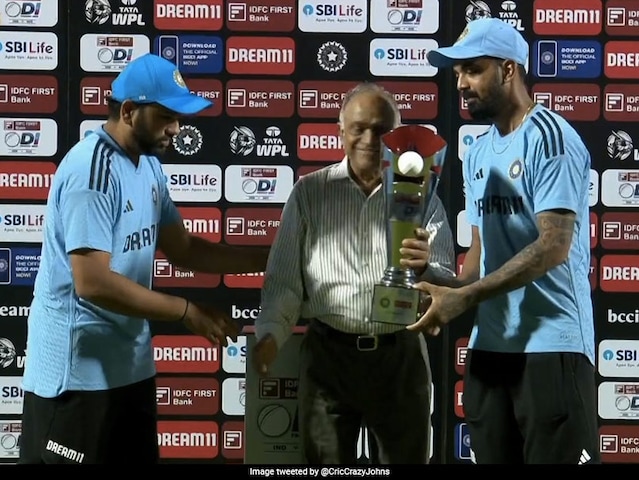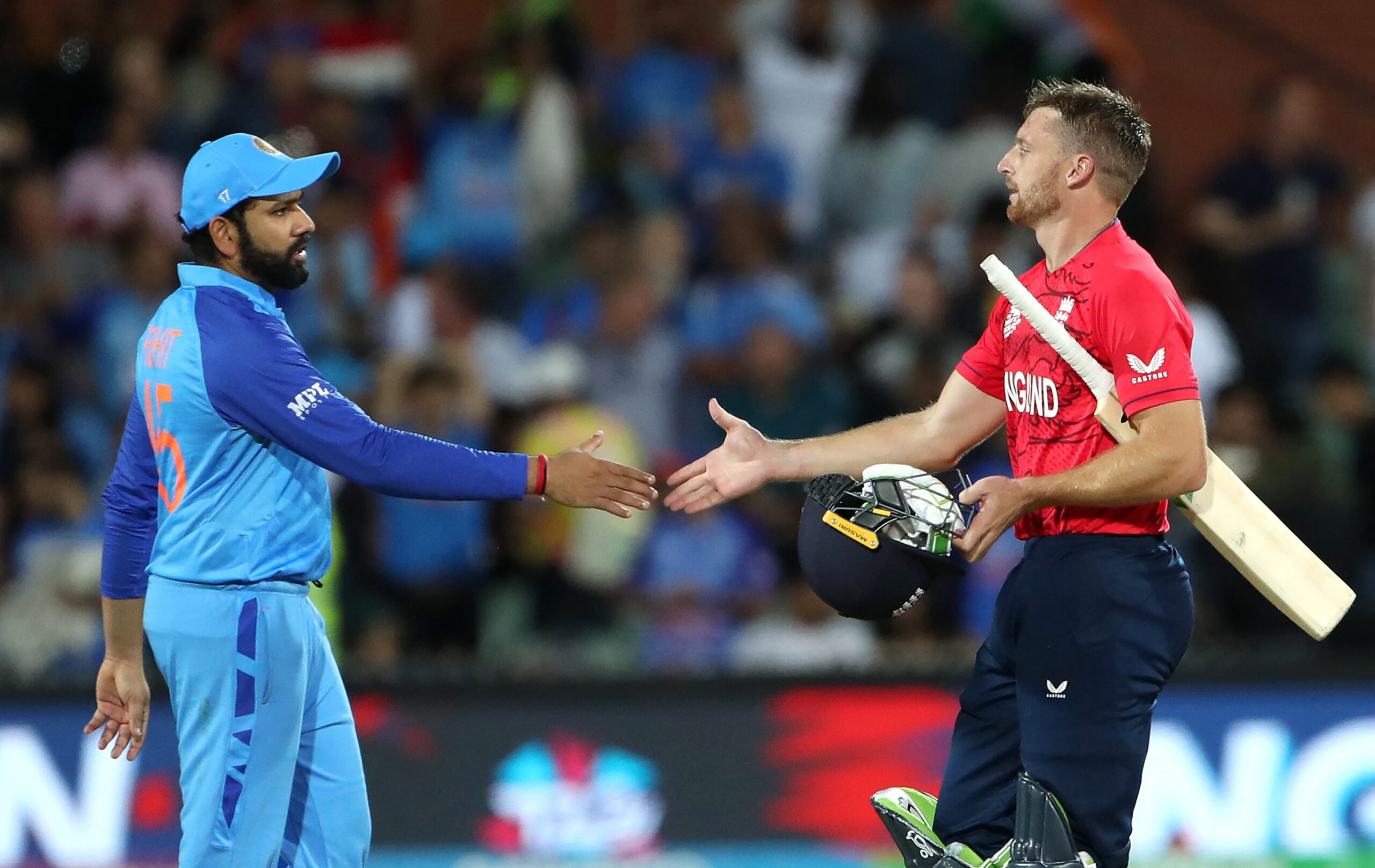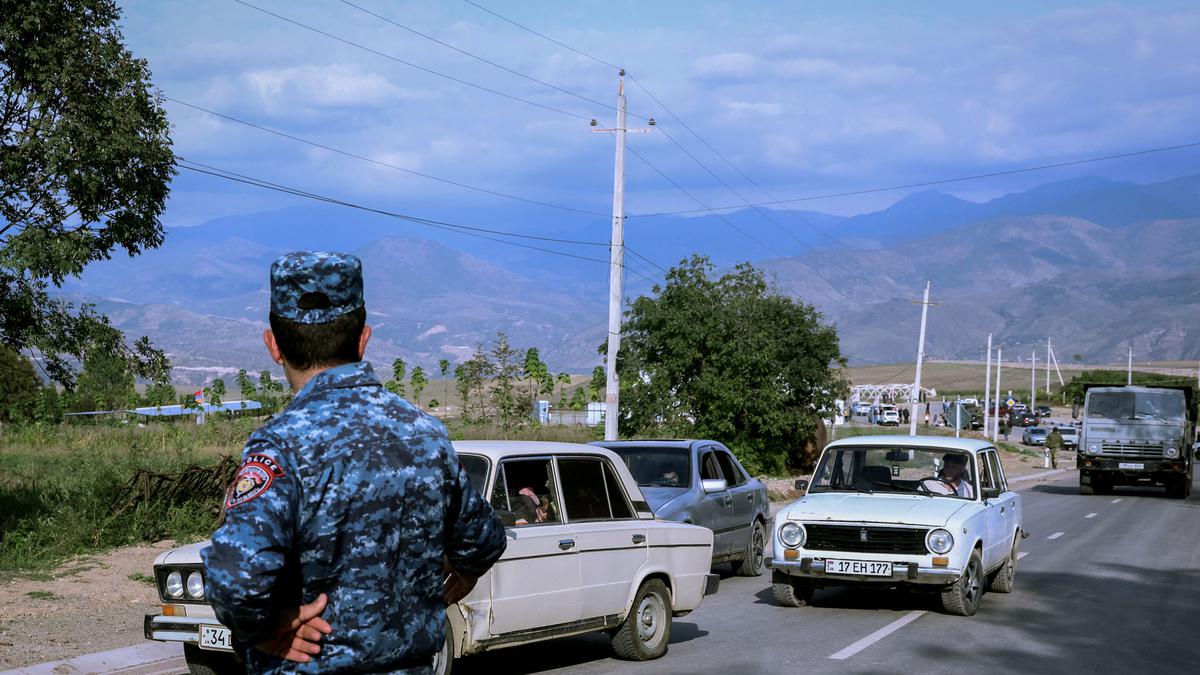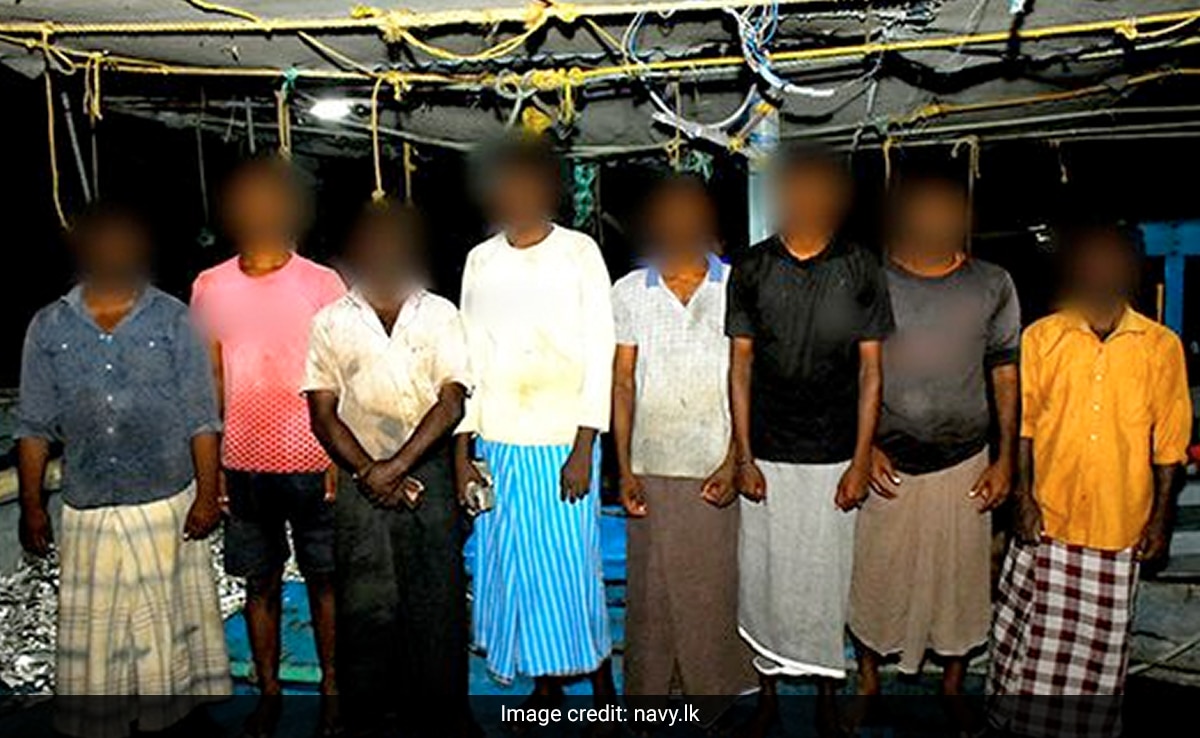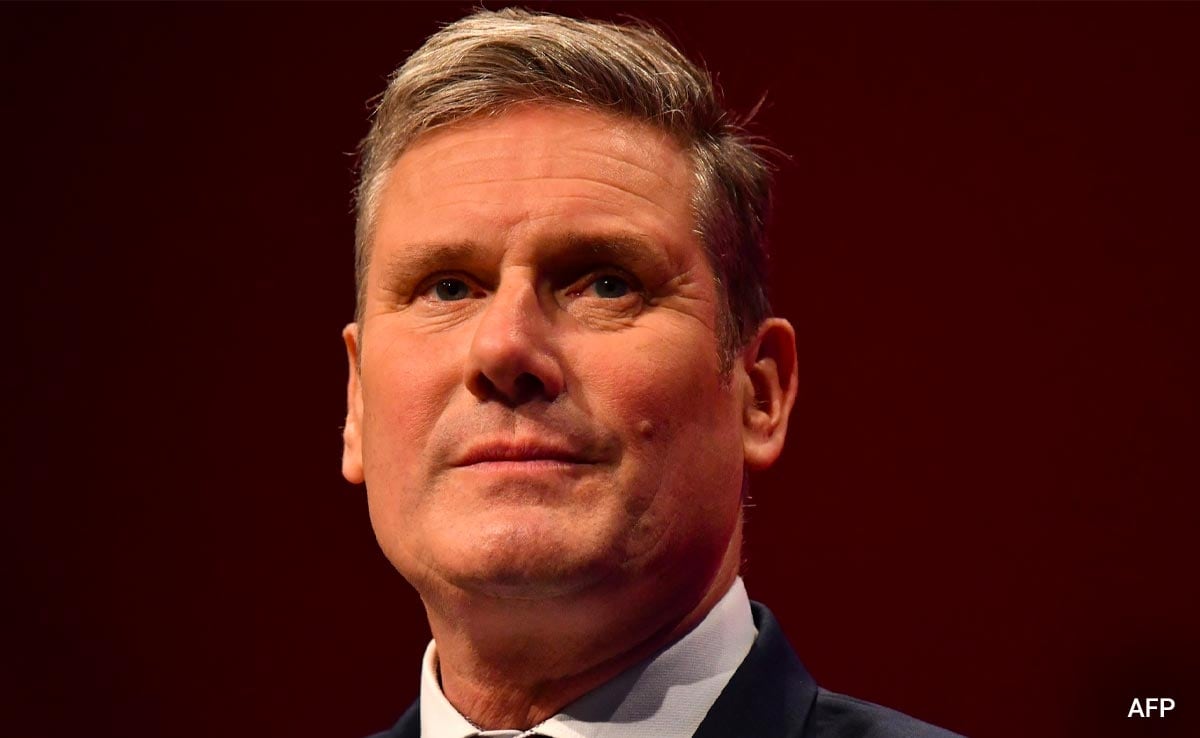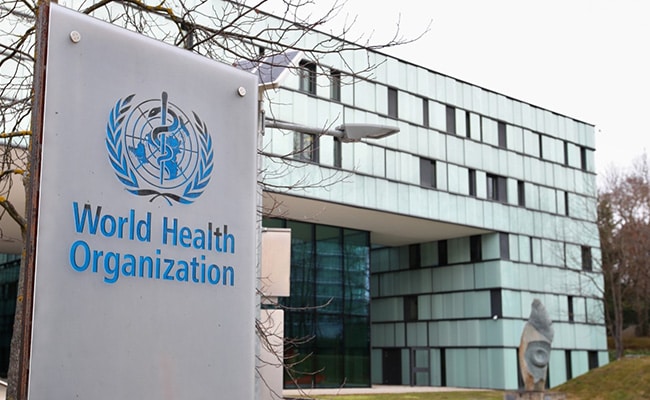With a month remaining in his current tenure, Bhutanese Prime Minister Lotay Tshering says he hopes for another round of border talks with China and the possibility of completing the demarcation of the boundary between both countries. In an exclusive interview to The Hindu in Thimpu, Dr. Tshering, who will hand over charge to a caretaker government in November ahead of general elections due by January-end, confirmed that a possible exchange agreement between land to Bhutan’s North that is under Chinese control, with Bhutan’s Doklam area, was amongst proposals being discussed. The agreement is of particular concern to India due to its proximity with India’s Siliguri corridor or “chicken’s neck” that connects to the Northeastern States.
When asked about whether India was in the loop on the negotiations, Dr. Tshering said that it would be in Bhutan’s interest to make sure both India and China are happy with the decisions it makes. “We obviously do not want to solve one problem and give birth to another problem,” he added. He also clarified, for possibly the first time, that the “3-Step Roadmap” signed between Bhutan and China in October 2021 comprises first agreeing to the demarcation of the border in talks on the table, after which the two sides would visit the sites along the demarcated line on the ground, before finally and formally demarcating the boundary between them. “We hope to see a line being drawn- this side Bhutan and that side China. We don’t have that right now,” Dr. Tshering told The Hindu. He did not indicate however, whether a boundary settlement would change Bhutan’s present policy against diplomatic relations with UNSC permanent members including China. “Theoretically, how can Bhutan not have any bilateral relations with China? The question is when, and in what manner,” Dr. Tshering said.
Speaking about Bhutan King Jigme Khesar Namgyel Wangchuck’s visit to Delhi in April, where he discussed the boundary talks and a number of other issues with Prime Minister Narendra Modi, the Bhutanese Prime Minister said that India had also been briefed on Bhutan’s plan to build a special economic zone at Gelephu city, along the border with Assam. India is discussing a railway line extending from Kokrajhar to Gelephu which would supplement connectivity for the new Bhutanese “smart city” project which hopes to attract hundreds of international companies and investment for the country.
When asked about the current diplomatic standoff between India and Canada over the killing of a Khalistan separatist leader, Mr. Tshering said that it was “unfortunate”, but that he was not privy to the details and preferred not to comment. “If there’s any element of terrorism in a country, my answer is simple- no one should favour or support terrorism,” he added, when asked about India’s concerns over extremist groups in Canada.
Bhutan and China are “inching” towards the completion of a 3-step roadmap that will completely demarcate their boundary, including marking territory along the Doklam plateau, Bhutan’s Prime Minister Lotay Tshering said in an interview at the Prime Minister’s Office in Thimphu.
The talks, that the Bhutanese PM confirmed include a possible exchange between Doklam and areas to Bhutan’s North, have been watched with keen interest from Delhi, especially given the 2017 Doklam standoff between the Indian Army and the Chinese People’s Liberation Army. These talks with China could even see progress within the next month, Dr. Tshering said, after which a caretaker government will assume charge in Bhutan before the elections, expected by January-end.
Dr. Tshering also spoke about the Bhutanese King Jigme Khesar Namgyel Wangchuck’s plans for a special economic zone in Gelephu, and his own prospects for re-election given Bhutan’s current economic challenges. Excerpts:
It’s been six months since His Majesty the King visited Delhi and discussed a number of projects with Prime Minister Narendra Modi, particularly on the Gelephu smart city project and speeding up of the hydropower projects. What is the progress on these issues?
This initiative by His Majesty the King [for Gelephu] as a gateway city is what we need. The King [Jigme Khesar Namgyel Wangchuck] is holding meetings with different groups, villagers, businessmen, policymakers, lawmakers, trying to share his vision and get feedback. I don’t think any Bhutanese King has travelled or interacted with international dignitaries as much. The first leader he discussed the Gelephu project with was Prime Minister Modi. After the meeting between the two leaders, we understand India will give Bhutan all support that will be required.
The progress on one of the major hydropower projects, Punatsangchhu-1, is however on pause, due to geological considerations and the location of the dam. Do you see the problem being resolved?
Yes, 100%. In fact, there is no disagreement on the principles. Both the countries and the experts agree that the project must be completed. Now, on some small technical issues — I won’t call it a disagreement, but they are sorting it out. The major consultations are going, [on] the technical details that can potentially harm the future of the dam. Our technical experts have proposed that if the dam is not feasible, then probably a smaller dam or barrage is needed. And Government of India experts have said that the dam is feasible.
Bhutan believes we need to re-look at the geological survey of the dam, because many things have changed in the 15 years [since it was first done]. There have been many reasons for the delay, including technical issues, Covid etc. The [soil] stabilisation measures they have done have not yielded the results they wanted. No expert will go on to do a project that is not technically, scientifically feasible.
India is taking steps towards an energy grid, which will connect Nepal, Bhutan, Bangladesh, as well as Sri Lanka. Do you see this becoming a cornerstone of South Asian cooperation?
India is leading the world in many fronts for this region. Prime Minister Modi’s initiative in the energy grid will benefit all of us. Right now, we seem to have surplus, but you never know. Demand may increase within Bhutan, as companies come and set up here. Also, in the winter, we don’t produce as much hydropower, so the grid would be very useful. We have also begun to explore other renewable energy sources, like household-level solar projects, and we are testing both the technology as well as public confidence in these ideas.
About six months ago, you said in an interview that Bhutan and China boundary talks could see some kind of progress within one or two meetings. How much progress has there been?
Yes, many rounds of talks have happened and there has been progress. In 2020, we drew a clear timeline with a three-step roadmap: first, agreeing on the table; then visiting the sites [on the ground]; and formally demarcating the boundary. I have been saying that there are no real differences between China and Bhutan, but there is an undemarcated border dating back to Tibet-Bhutan ties. So within these three years, we have managed two to three meetings and we feel we are nearing the completion of the three-step roadmap. I think there will be one more round, I hope that happens while we are still in office. I have about a month left. But I can say we are inching towards the completion of the three-step [roadmap].
Do you hope to see a complete demarcation at the completion of the three steps?
Yes. We hope to see a line being drawn — this side, Bhutan, and that side, China. We don’t have that right now.
Could you confirm that part of that agreement is a possible exchange involving land at Doklam with land to Bhutan’s north in the Jakarlung and Pasamlung valleys?
Well, whenever we hold talks, that is what is being discussed. Ultimately, what we want is to be able to draw a line called China-Bhutan border line. There is no one individual who can actually testify that area belongs to China or Bhutan, because that was never manned, and no documents have been drawn between the two countries until now. So what are we waiting for? What evidence are we waiting for? God will not come down on the planet and tell us how the demarcation should be made. So it has to be mutually understood and agreed to. The formula that we are following is very simple. All the meetings have started off well and ended well so far.
How much has India been kept in the loop on progress on the border discussions, and have you faced any problems on that?
See, Bhutan is basically one big India-China border. So we need to ensure we are considering interests of all the parties. It will be to Bhutan’s interest to make sure both the parties are happy with the decisions we make. We obviously do not want to solve one problem and give birth to another problem. And the good thing is, we have time-tested relations between India and Bhutan. We are south-facing — geographically, emotionally, trade-wise. Nobody can change our geography, or transfer all the mountains from the north to the south, and send the plains to the north. So it shouldn’t matter to India when we are sorting out nearly about 800 kilometres of border [to the north and west] that is under snow practically round the year.
Is Bhutan considering a change in its foreign policy too, to establish diplomatic ties with China, which is a permanent member of the UN Security Council?
Every country should have a dynamic foreign policy and adjust according to its interests. For Bhutan, with every change of government, our foreign policy does not change. Theoretically, how can Bhutan not have any bilateral relations with China? The question is when, and in what manner.
You are soon heading into elections; will the worries about youth migration to other countries, and youth unemployment of about 21% be areas where you will face tough questions?
Well, I will definitely face some questions, but every country in the world is facing similar problems today. The difference is that we have not had such a large number of Bhutanese going out before. Attrition rate in all our institutions had been around 2% to 3% until 2022. But after that, it has suddenly jumped to [double digits], 10% to 11%. So it’s a concern.
What do you think needs to be done? Can India help?
While the government cannot stop them from going abroad for work and studies, we should focus on bringing them back. I believe that it’s only the opportunities back home that would draw them here and it is the responsibility of the government to create them to bring them back as soon as possible. We are in the process of reforming all the public services and agencies in the country to deliver more efficiency and progress. Projects like the one in Gelephu are major initiatives to propel ourselves to the destination we want, and we hope that will attract many Bhutanese to stay on, and those abroad to return.
Your government has been accused of a flip-flop on its new tourism policy — after announcing a sustainable development fee of $200 for every foreign tourist (except those from neighbouring countries like India), it then halved the fee to $100 for the next four years…
On our tourism policy, I am hearing from many that we are playing with it too much, but you can see the changes from different angles. The $200 fee could have worked better, if we had given it more time. But in the immediate post-pandemic scenario, it didn’t attract enough tourists. It isn’t always about how good a policy is, but how many are agreeing with it. A government’s responsibility is to listen and not be rigid. So what you call a flip-flop, is just our government being flexible. In any case, the numbers were not as bad as they are being made out to be: if, in 2019, at the peak [of] pre-COVID [tourism], we had 73,000 dollar-paying tourists [non-Indians], then by the end of this year we expect to have about 50,000.
Eventually, I am clear that Bhutan should not look at tourism purely for revenue purposes. Every tourist that comes here should leave as our ambassador, and should understand our tourism policy of “high value, low volume”. Our principles of Gross National Happiness are meant to ensure that we preserve our pristine environment for future generations.
Where does Bhutan stand on the Canadian PM’s allegations against India, and India’s concerns about terrorism in Canada?
As I don’t know the details and the evidence in the case, I really cannot comment. It is very unfortunate. India and Canada are friendly countries with huge potential in trade, etc. Of course, if there’s any element of terrorism in a country, my answer is simple: no one should favour or support terrorism.
Finally, this is the last session of parliament and Bhutan will see an unprecedented five parties taking part in the upcoming elections. Do you expect to be re-elected in January, and what is your main campaign plank?
Elections in Bhutan are always smooth, and we have probably one of the fairest election processes in the world. To register as a potential candidate with any party for the Lower House, you need to be a graduate with five years of work experience. For the Upper House, you need graduation and 10 years work experience. In addition, all parties must submit their manifestos and the [Election Commission] scrutinises them. The Bhutanese voter is also very particular, and has voted a new party in every election. In 2018, we came out as credible and strong, and the public thought maybe a new face should be tried. But then came the impact of the COVID pandemic. I think we did well despite the COVID impact on our economy. The GDP plunged to minus 10% and we managed to bring it back to nearly 4.5% this year. It is one of the best outcomes, so I hope the voter will see that.


